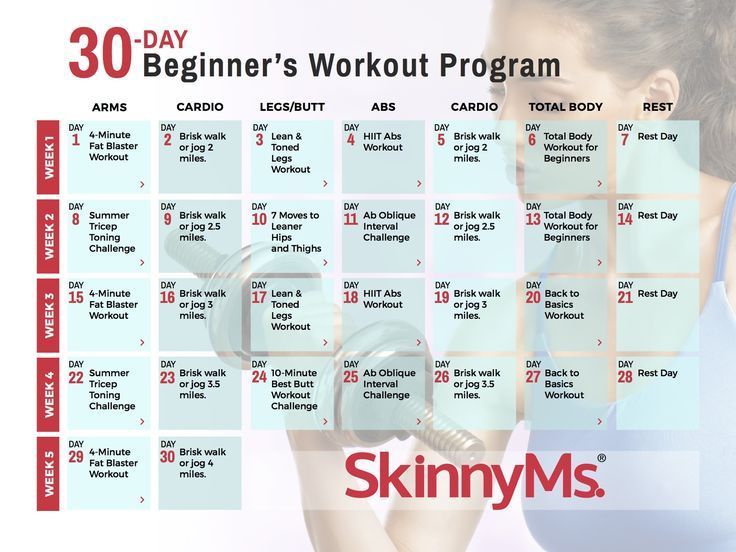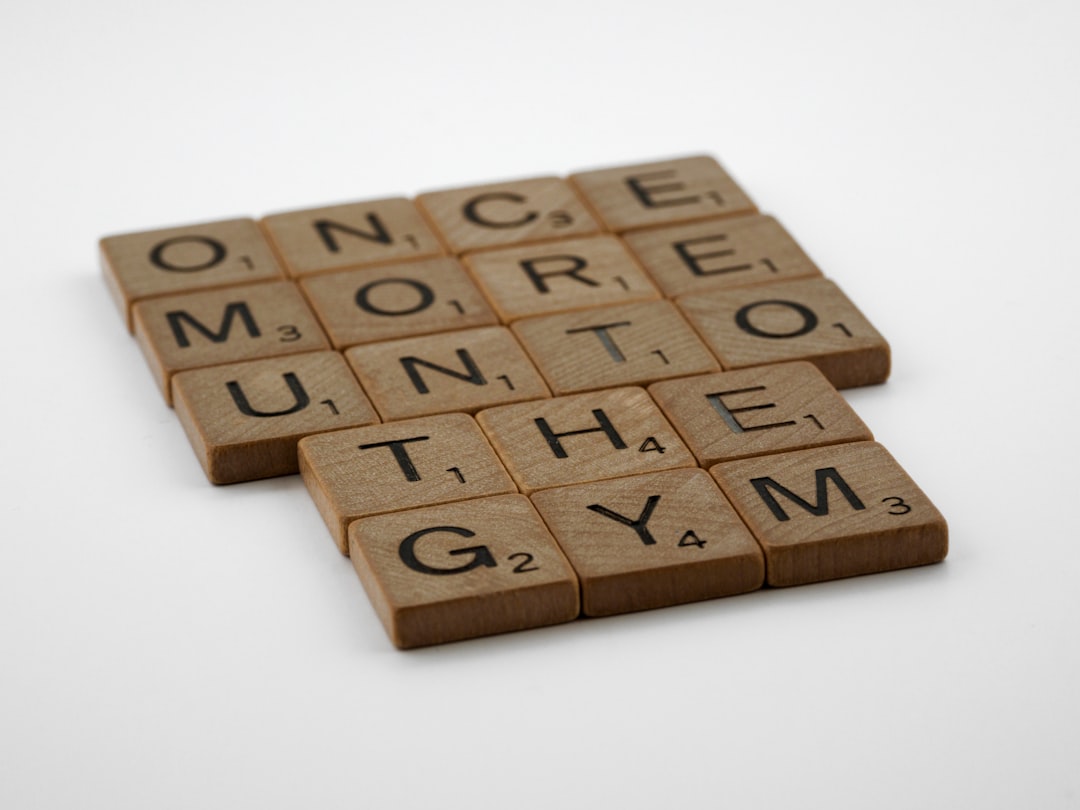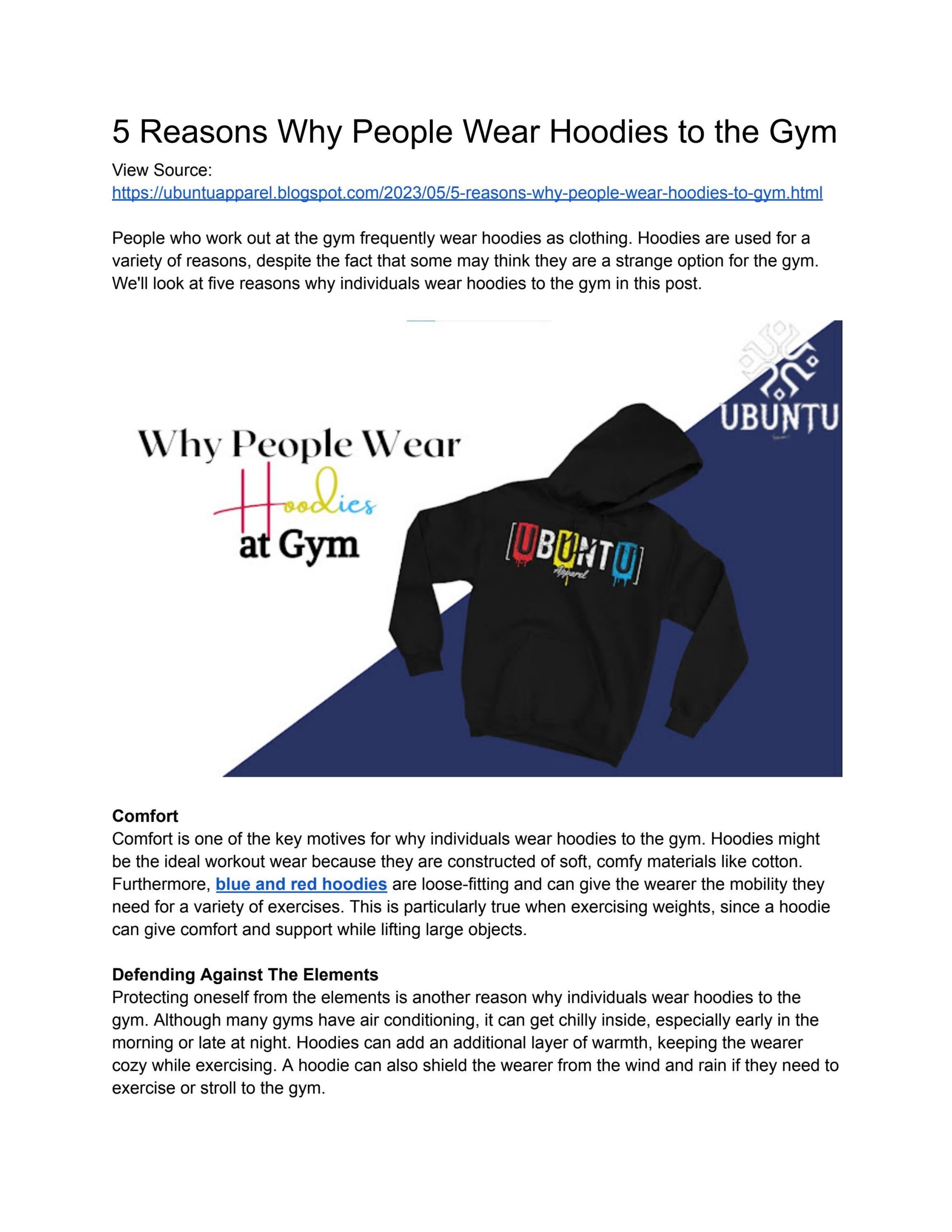Imagine being able to see your fitness progress laid out day by day, keeping you motivated and on track. With a fitness calendar designed specifically for beginners, that’s exactly what you get.
You know the feeling of wanting to start a fitness routine but not knowing where to begin. It’s like looking at a massive puzzle without the picture on the box. A fitness calendar can be your blueprint, turning confusion into clarity and hesitation into action.
You’ll find the structure you need, the encouragement you crave, and a simple path that makes working out feel less like a chore and more like an exciting adventure. By following this easy guide, you can transform your fitness aspirations into achievable goals. Dive in to discover how a fitness calendar can be your secret weapon for conquering those first steps into a healthier, fitter you.
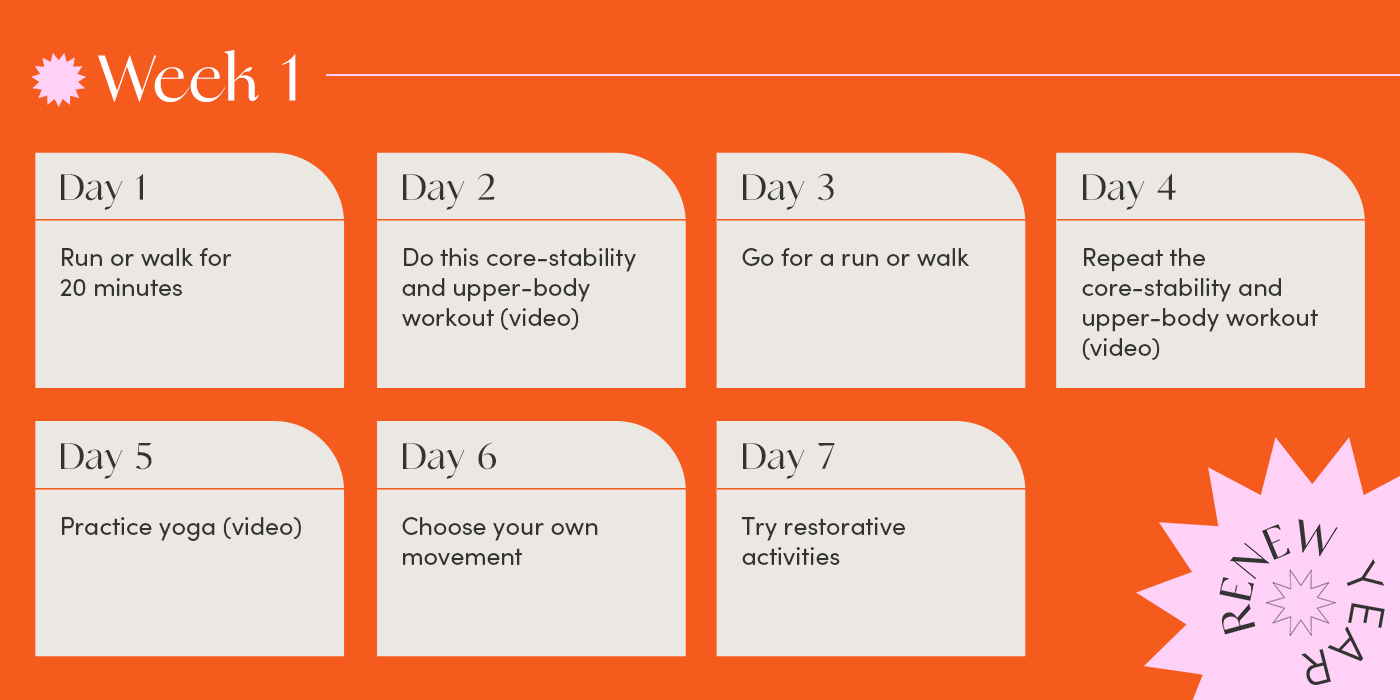
Credit: greensafaris.com
Setting Goals
Creating a fitness calendar helps beginners set clear goals. It guides daily workouts and tracks progress. This simple tool motivates and keeps fitness journeys on track.
Setting goals is a crucial first step in any fitness journey, especially for beginners. It sets the foundation for your efforts and provides direction. But how do you ensure your goals are both motivating and achievable?Identifying Personal Objectives
Begin by asking yourself what you truly want to achieve with your fitness calendar. Do you want to lose weight, gain strength, or improve your endurance? Pinpointing your objectives helps you tailor your plan to suit your personal needs. Think about your lifestyle and any constraints you might have. Maybe your job requires long hours, or you have family commitments. Your goals should reflect not only your ambitions but also your reality.Balancing Realism And Ambition
The challenge is finding the sweet spot between setting realistic targets and being ambitious enough to stay motivated. Are your goals attainable within your current schedule and resources? For instance, aiming to run a marathon in a month might be too ambitious if you’ve never run before. Yet setting a goal to run a few times a week could be both ambitious and achievable. Ask yourself: What small, incremental steps can I take to move towards my larger goals? This approach ensures progress without overwhelming you. Remember, your goals should inspire you to push your limits while respecting your boundaries. Incorporate both short-term milestones and long-term aspirations into your fitness calendar to maintain momentum. Setting goals is not just about the destination—it’s about crafting a journey that excites and challenges you.Choosing The Right Activities
Starting a fitness journey can be both exciting and overwhelming. One crucial step in creating a successful fitness calendar is choosing the right activities. This choice can shape your motivation, enjoyment, and ultimately, your results. Whether you prefer sweating it out in a fast-paced cardio session, building strength with weights, or improving flexibility and balance, each activity serves a unique purpose. Ready to dive into the options? Let’s explore how you can create a balanced routine that keeps you moving and motivated.
Cardio Options
Cardio exercises boost your heart rate and improve cardiovascular health. They can be as simple as brisk walking or as intense as cycling. Consider what excites you. Walking in the park, jogging along a scenic route, or dancing to your favorite tunes are great options. If you enjoy variety, try a mix of activities like swimming or jumping rope.
Consistency is key, so pick something you look forward to. Remember, the best exercise is one you enjoy doing regularly. How about challenging yourself with a new cardio activity each month? This keeps things fresh and exciting.
Strength Training Basics
Strength training is essential for building muscle and boosting metabolism. If you’re new, start with bodyweight exercises like push-ups, squats, and lunges. These require minimal equipment and provide a solid foundation.
Once you’re comfortable, gradually add weights to your routine. Dumbbells or resistance bands are great starting points. Strength training can be intimidating, but remember, everyone starts somewhere. Celebrate small milestones to stay motivated.
Flexibility And Balance Exercises
Flexibility and balance are often overlooked but crucial for overall fitness. Yoga and Pilates are excellent choices for improving these skills. They not only enhance your flexibility but also help with relaxation and stress reduction.
Incorporating stretching into your daily routine can prevent injury and improve performance in other activities. Try simple stretches like hamstring stretches or balance exercises like standing on one leg. How does your body feel after a good stretch session? Notice the difference it makes.
Choosing activities that align with your interests and fitness goals will set you on the path to success. Keep experimenting until you find the right mix. Your fitness calendar should reflect your lifestyle and preferences, making exercise a fun and rewarding part of your day.
Creating A Weekly Schedule
Crafting a fitness calendar helps beginners stay focused and organized. Set clear goals, plan workouts, and track progress. Consistency builds a strong foundation for a healthier lifestyle.
Creating a Weekly Schedule for your fitness journey can be a game-changer, especially if you’re just starting out. A well-structured schedule can help you stay committed and track your progress effectively. It’s about finding the right balance between workouts and rest, allowing your body to adapt and grow stronger. Imagine waking up each day knowing exactly what your workout plan is. That clarity can help you stay motivated and focused. Let’s dive into how you can create a practical and effective weekly fitness schedule.Structuring Workouts
Think about the types of workouts you enjoy. Mix things up to keep it exciting. Maybe you love running, but also want to try yoga. Consider how each workout fits into your week. You might start with cardio on Monday, strength training on Wednesday, and yoga on Friday. This variety keeps your routine fresh and engaging. Use a simple table or planner to outline your schedule. Writing it down makes it real and gives you a sense of accomplishment when you stick to it.Incorporating Rest Days
Rest days are just as important as workout days. They give your muscles time to recover and grow. Without them, you risk injury and burnout. Ask yourself: How many rest days do I need? If you’re new to fitness, aim for at least two days of rest. Listen to your body and adjust as needed. Rest days don’t mean you do nothing. You can still take a walk, stretch, or meditate. Think of them as active recovery days that keep you in the groove. Creating a weekly schedule isn’t just about fitting in workouts. It’s about crafting a balanced approach that works for you. What does your ideal week look like? Take the time to plan it out, and watch your fitness journey transform.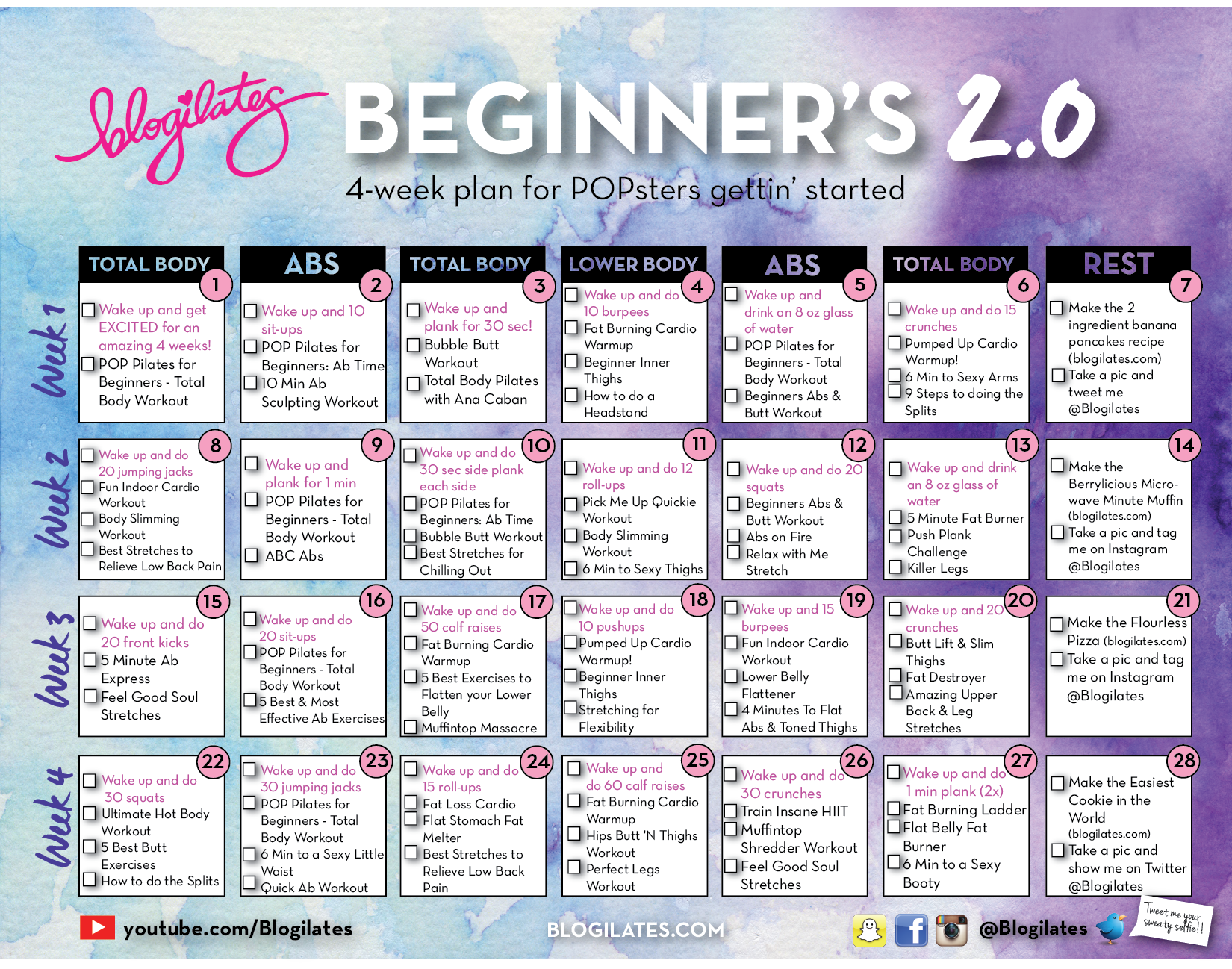
Credit: www.blogilates.com
Tracking Progress
A fitness calendar for beginners helps track progress and stay motivated. It provides a clear view of goals and achievements. This simple tool encourages consistency and makes workouts more rewarding.
Tracking your progress is an essential part of any fitness journey, especially for beginners. It not only helps you see how far you’ve come but also keeps you motivated to push forward. Without tracking, you might feel stuck or unsure about your progress, leading to discouragement.Using Fitness Apps
Fitness apps can be a game-changer. They offer an easy way to track your workouts, monitor your nutrition, and even connect with a community for support. Apps like MyFitnessPal or Fitbit let you log exercises and meals, giving you a clear picture of your habits. Imagine opening an app after a week and seeing your progress laid out in graphs and charts. It’s a visual reminder of your hard work and dedication. Are you ready to see your efforts come to life?Keeping A Workout Journal
A workout journal is another effective tool for tracking progress. Writing down each workout helps you see improvements and identify areas for growth. You might jot down the number of reps, sets, or weights used. This method offers a personal touch that apps might lack. You can add notes about how you felt during the workout or any challenges faced. Over time, this journal becomes a powerful testament to your journey. What if you looked back in a few months and saw how much you’ve achieved? It’s like a story of your fitness adventure, written by you.Staying Motivated
Starting a fitness journey can be challenging. A calendar helps beginners stay motivated and organized. Tracking progress boosts confidence and keeps goals in sight.
Embarking on a fitness journey can be both exciting and daunting, especially for beginners. Staying motivated is crucial to ensure you stick to your fitness calendar. But how do you keep that spark alive amidst busy schedules and occasional setbacks? Let’s explore some practical ways to stay motivated while keeping your fitness calendar on track.Finding A Workout Buddy
Having a workout buddy can transform your fitness routine. Imagine waking up for an early morning run, knowing that a friend is counting on you. This mutual accountability can be a game-changer. A workout buddy not only motivates you to show up but also makes the experience more enjoyable. Share your goals, celebrate small victories, and encourage each other when the going gets tough. Think of someone whose company you enjoy and who has similar fitness goals. Your workout buddy can be a friend, family member, or even someone from an online community.Rewarding Milestones
Setting milestones in your fitness calendar can be a powerful motivator. Each milestone reached is an achievement worth celebrating. But how do you reward yourself without derailing your progress? Consider non-food rewards like buying new workout gear or enjoying a spa day. These treats can be a great incentive to keep pushing forward. Look back at your progress and acknowledge every small step taken. How does it feel to see how far you’ve come? Let these rewards remind you that you’re capable of achieving even more. Staying motivated is about finding what works for you. Whether it’s the support of a workout buddy or the thrill of rewarding milestones, these strategies can help you stay committed to your fitness journey. What motivates you the most?Nutrition Basics
Starting a fitness journey can feel overwhelming, especially when you have to consider both exercise and nutrition. Understanding nutrition basics is crucial for beginners who want to see results and maintain a healthy lifestyle. It’s not just about what you eat but how your food choices support your fitness goals.
Understanding Macronutrients
Macronutrients are the nutrients your body needs in larger amounts: carbohydrates, proteins, and fats. Each plays a unique role in helping you reach your fitness milestones. Carbohydrates provide energy, proteins aid in muscle repair, and fats support cell growth.
Think of macronutrients as the fuel for your body’s engine. If you’re working out regularly, your body needs the right mix to perform optimally. Ever felt sluggish in the gym? You might be missing out on the right balance.
Curious about how much of each macronutrient you need? It varies depending on your goals. A good starting point is to aim for a balanced plate where carbs, proteins, and fats complement each other.
Planning Balanced Meals
Creating balanced meals doesn’t have to be complicated. It’s about combining the right portions of macronutrients to keep you energized throughout the day. A meal with grilled chicken, quinoa, and steamed veggies is a great example.
Want to make meal planning less daunting? Start with simple recipes that you enjoy. This makes it easier to stick to your nutrition plan.
Many beginners wonder, “Do I have to give up my favorite foods?” The answer is no. Balance is key. Allow yourself the occasional treat, ensuring your overall diet remains nutritious.
How do you feel when you eat balanced meals? Notice the difference in your energy levels and workout performance. This awareness can be a powerful motivator.
Embarking on your fitness journey is as much about nourishing your body as it is about exercise. With a solid understanding of nutrition basics, you’re well-equipped to make informed choices. What changes will you make to your diet today?
Avoiding Common Mistakes
Creating a fitness calendar can be daunting for beginners. Common mistakes include setting unrealistic goals and ignoring rest days. Simple planning and clear objectives help maintain motivation and avoid burnout.
Creating a fitness calendar as a beginner is an exciting step towards a healthier lifestyle. However, it’s easy to stumble into common mistakes that can derail your progress. By learning about these pitfalls, you can make your fitness journey more effective and enjoyable.Overtraining Risks
One of the biggest mistakes beginners make is overtraining. You might feel eager to see results quickly, but pushing your body too hard can lead to fatigue, burnout, and injuries. When I started my fitness journey, I thought working out every day was the fastest route to success. Instead, I ended up exhausted and had to take a break, which set me back weeks. Listen to your body and allow it to recover. Aim for a balanced routine with rest days to give your muscles time to heal and grow stronger.Ignoring Form And Technique
Another common error is ignoring proper form and technique. It’s tempting to jump into exercises without guidance, especially with so many resources online. However, this can lead to ineffective workouts and potential injuries. Picture trying to build a house without a blueprint. The same principle applies to fitness: without proper form, your foundation is weak. Consider working with a trainer or using credible online resources to learn the correct way to perform exercises. This will ensure you’re getting the most out of your workouts while minimizing the risk of injury. Have you ever caught yourself rushing through exercises without considering your form? Take a moment to slow down and focus on technique. This small adjustment can lead to significant improvements in your fitness journey. By acknowledging these common mistakes and consciously avoiding them, you pave the way for a successful and sustainable fitness plan.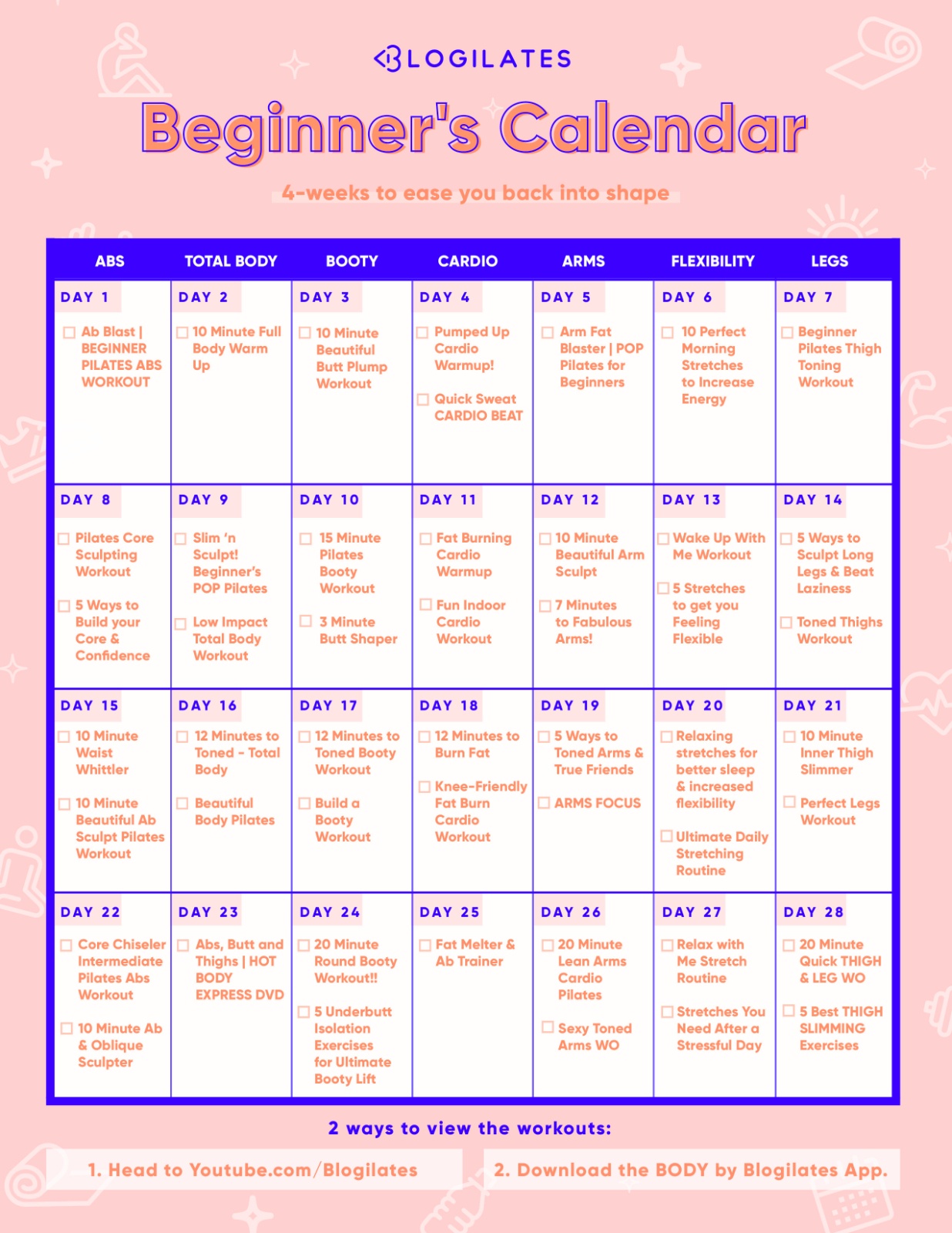
Credit: www.asajamalaga.com
Adapting To Changes
Starting a fitness journey is exciting. For beginners, a fitness calendar helps stay on track. As time passes, adapting to changes is crucial. Bodies respond differently. Goals may shift. Understanding how to handle these changes keeps motivation high.
Handling Plateaus
Plateaus can be frustrating. Progress slows or stops. It’s normal in fitness journeys. To overcome plateaus, mix up your routine. Try new exercises. Increase workout intensity. Listen to your body. Small changes make a big difference.
Modifying Goals As Needed
Goals might change with experience. Flexibility is key to success. Evaluate progress regularly. Adjust goals for better results. Short-term goals keep motivation strong. Celebrate small wins. Modify goals to stay excited and challenged.
Frequently Asked Questions
What Is A Good Gym Schedule For Beginners?
A good gym schedule for beginners includes 3-4 days of workouts per week. Focus on full-body exercises, incorporating cardio and strength training. Allow at least one rest day between sessions for recovery. Gradually increase intensity as you progress. Always prioritize proper form to prevent injuries.
What Is The 3/2/1 Rule In Gym?
The 3/2/1 rule in the gym involves 3 seconds lowering the weight, 2 seconds holding, and 1 second lifting. This technique enhances control, muscle engagement, and strength building during workouts. It’s an effective strategy for maximizing exercise benefits.
What Is The 6 12 25 Rule?
The 6 12 25 rule is a financial guideline. Save 6 months of expenses, invest 12% of your income annually, and aim for a 25% return on investments over time. This strategy helps in building financial stability and achieving long-term financial goals.
What Is The 5 4 3 2 1 Workout Method?
The 5 4 3 2 1 workout method involves five exercises performed for varying durations. Start with five minutes of cardio, then four minutes of strength training, followed by three minutes of core exercises. Continue with two minutes of flexibility work, and finish with one minute of rest.
This dynamic routine boosts fitness effectively.
Conclusion
Creating a fitness calendar is a smart start for beginners. It helps you stay organized and focused. Each workout day boosts your confidence. Regular exercise supports better health and mood. Remember, consistency is key to success. Set realistic goals and track your progress.
Celebrate small achievements to stay motivated. A fitness routine should be enjoyable. Listen to your body and adjust plans as needed. Balance exercise with rest and proper nutrition. With time, you’ll see improvements and feel stronger. Keep moving forward, step by step.
Your fitness journey is unique and worth every effort.


